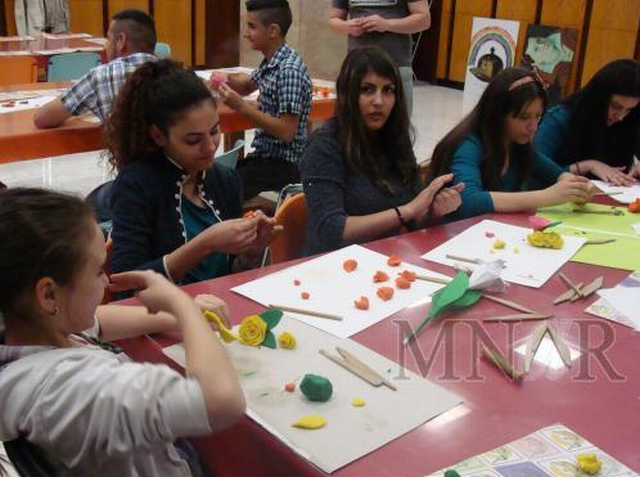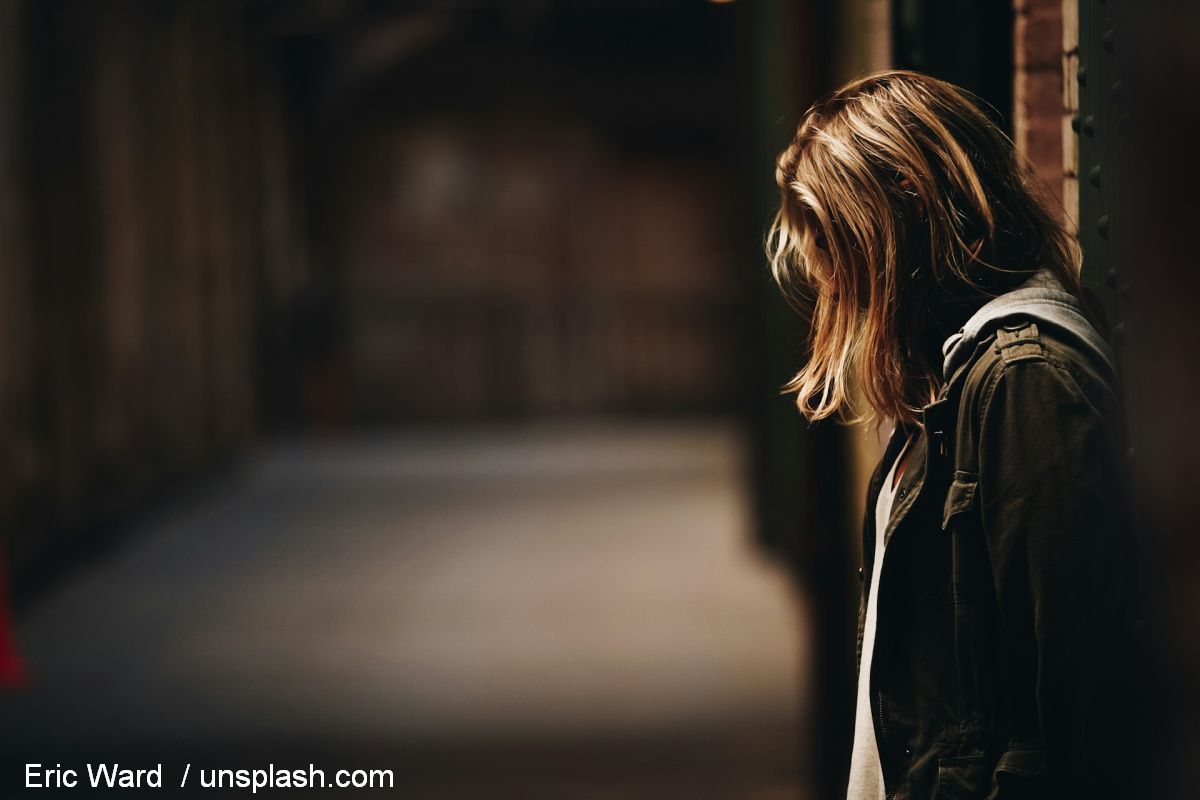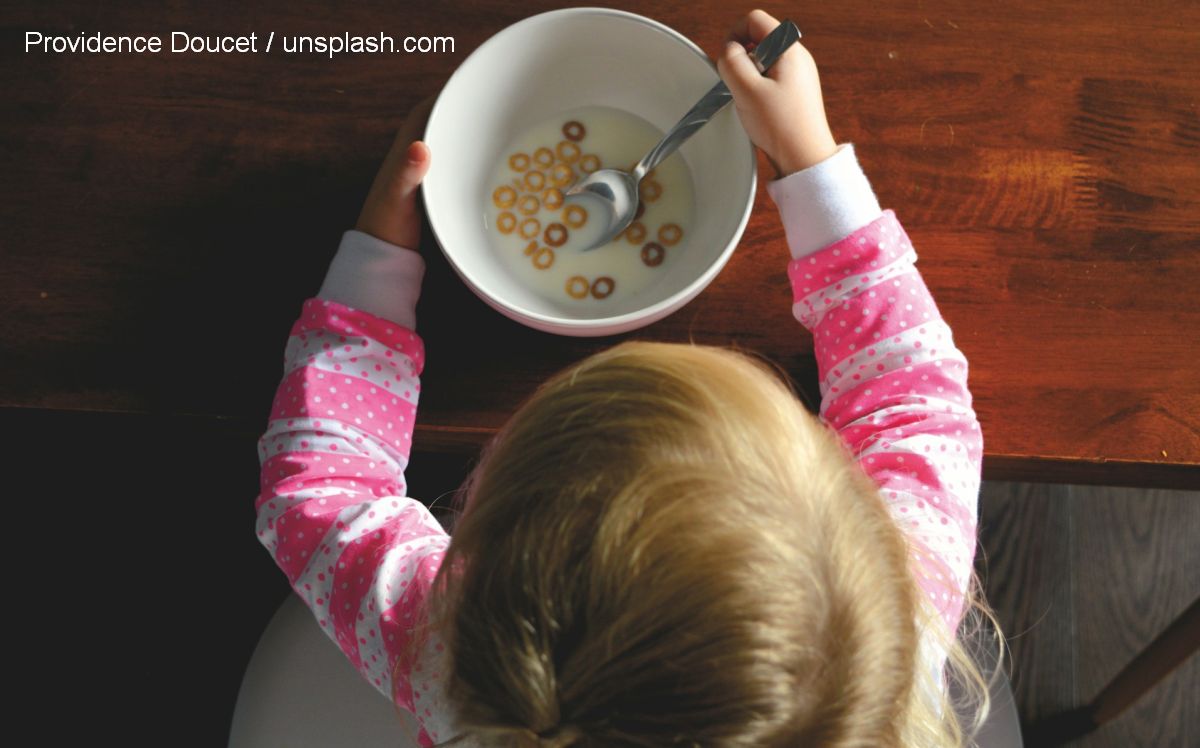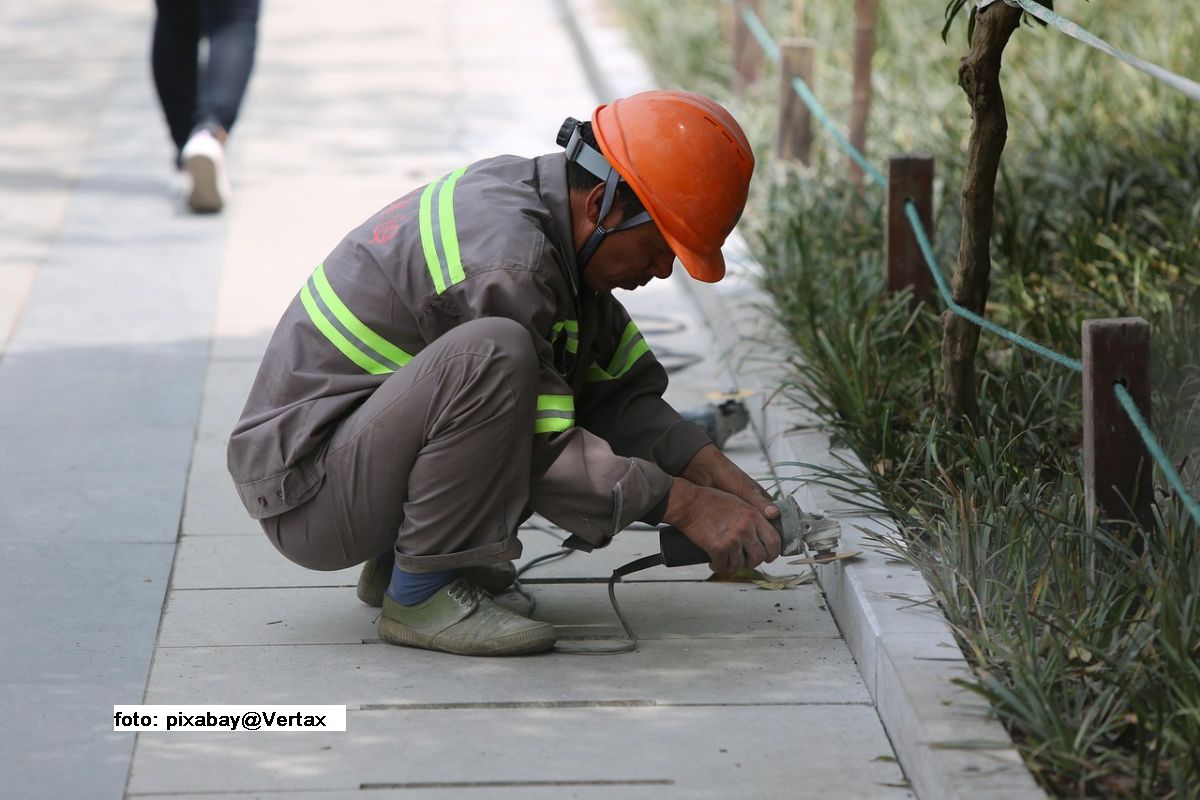ARTtouch at the Romanian National Art Museum
The Romanian National Art Museum runs special programmes for schools, families, teens and adults.

Ana-Maria Cononovici, 21.05.2014, 13:35
The Romanian National Art Museum hosts the most important collection of Romanian and universal art in the country. Set up in 1948, it is currently venued by the former Royal Palace and it takes pride of place among Bucharest’s cultural institutions. The museum hosts a wide variety of exhibitions and programmes highly enjoyed by the public. Last year for instance, special programmes for schools, family, teens and adults were organised by the museum, and enjoyed the participation of 13.400 people, that is 15% of the total number of visitors.
Roxana Teodorescu, the general manager of the museum, gave us details about the goal of the ARTtouch project launched this year:
Roxana Teodorescu: “As you may already know, the Romanian National Art Museum is open to everybody and each category of public is considered equally important. So it’s our great pleasure to present you multimedia and multisensoral products, under the ARTtouch project, aimed for people suffering from visual, auditory and locomotor impairment. For several years now, people with locomotor disabilities have had access to the permanent galleries of our museum, and, starting last year, also to the Museum of Art Collections.”
The ARTtouch project also includes multimedia and augmented reality applications, tactile replicas, textile samples, a “sound library” and an “olfactory library” which provides people with special needs with the experience of a multisensoral exploration of the European Art Gallery. Moreover, guided tours and workshops for these categories of public have been created. The multimedia products offered so far are based on some of the masterpieces in the European Art Gallery, such as “Flower Bouquet” by Jan Brueghel the Elder, “Saint Francis and Saint Benedict listening to a Musician Angel” by Guercino and “Gate” (Saint –Tropez) by Paul Signac. The purpose of multimedia applications is to raise the interest of young people in the stories behind the paintings and to facilitate the understanding of art.
Cruduta Cruceanu, project coordinator with the Romanian National Art Museum, tells us more about ARTtouch:
Cruduta Cruceanu: “With ARTtouch we hope to contribute to a more inclusive society. This is our main goal and we hope we will continue to pursue it in our future projects. There are two categories of beneficiaries, so our multimedia applications have two dimensions: a visual dimension addressing the hearing-impaired children for whom the visual part needs to be simple and clear enough so they can understand it with as little guidance as possible, and also an audio dimension, which sometimes includes very detailed explanations, and which is accessible to the visually impaired. The audio dimension has been developed based on the fact that, in their case, the learning process is based on cultural information.”
Jan Brueghel the Elder’s masterpiece “Flower Bouquet“ is the basis of an augmented reality application which proposes a new way of looking at a painting and gives information about the history, life style and beliefs of the people who lived in the 17th century. The application displays the painting in 3D format and gives details about the history of the Bruegel family. It also suggests a flower route through the three permanent galleries of the museum. Also, master perfumers with Expressions Parfumees in Grasse have created a perfume inspired by that painting, which is now part of the “olfactory library” of the multi-sensory tour.
Emmerich Jeudi, a lecturer with Bucharest University’s Department of Electronic Engineering in Foreign Languages gave us details about the makers of the multi-media products and the perfumers who illustrated Bruegel’s painting.
Emmerich Jeudi: “I participated in the project as both a teacher at the Polytechnics and a representative of the perfumers who made the perfume inspired by Bruegel’s painting. As a lecturer, I accepted the project together with my students, and it proved to be an exceptional adventure. Students were part of a long-term project, involving fieldwork and lots of practical activities, all for a good cause. As I teach in French, I was particularly interested in working with the students of the French department, to discover the work of Signac and to study that dimension relating to the creation of perfumes in the French tradition. As a representative of perfumers, I can tell you what people did at the Grasse company. Working for this project I discovered a medieval saying, “he who paints the flower, does not paint its smell”, so we tried to paint the smell too. The company that made the perfume is based in the middle of a jasmine and rose field, which are the flowers most present in Breugel’s painting. In that painting, just like in the works of most Flemish painters of the time, flowers of all seasons are grouped in the same vase. So, those who made the perfume had to use their creativity at the fullest to identify the essential scents, because such a bouquet could never exist in reality. Out of the 18 scents identified only two are distilled in the plant: jasmine and the Grasse rose.”
“Saint Francis and Saint Benedict listening to a Musician Angel” by Guercino and Paul Signac’s “Gate” have multimedia applications that can be accessed on touch screens placed near the paintings. They provide information about composition (perspective, characters, light) and about the correspondence between sounds and colors.






























